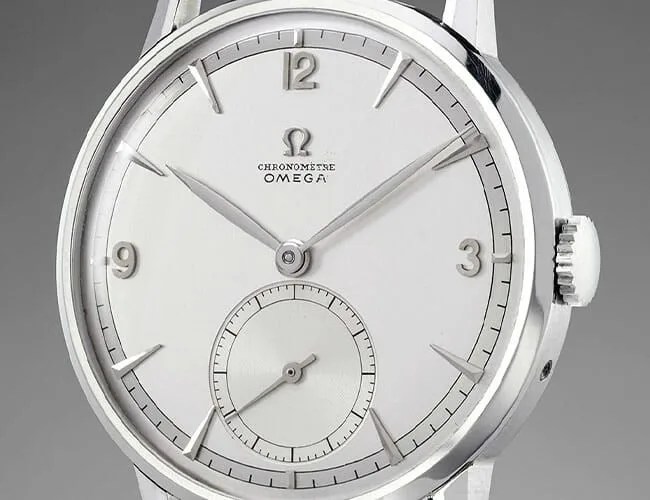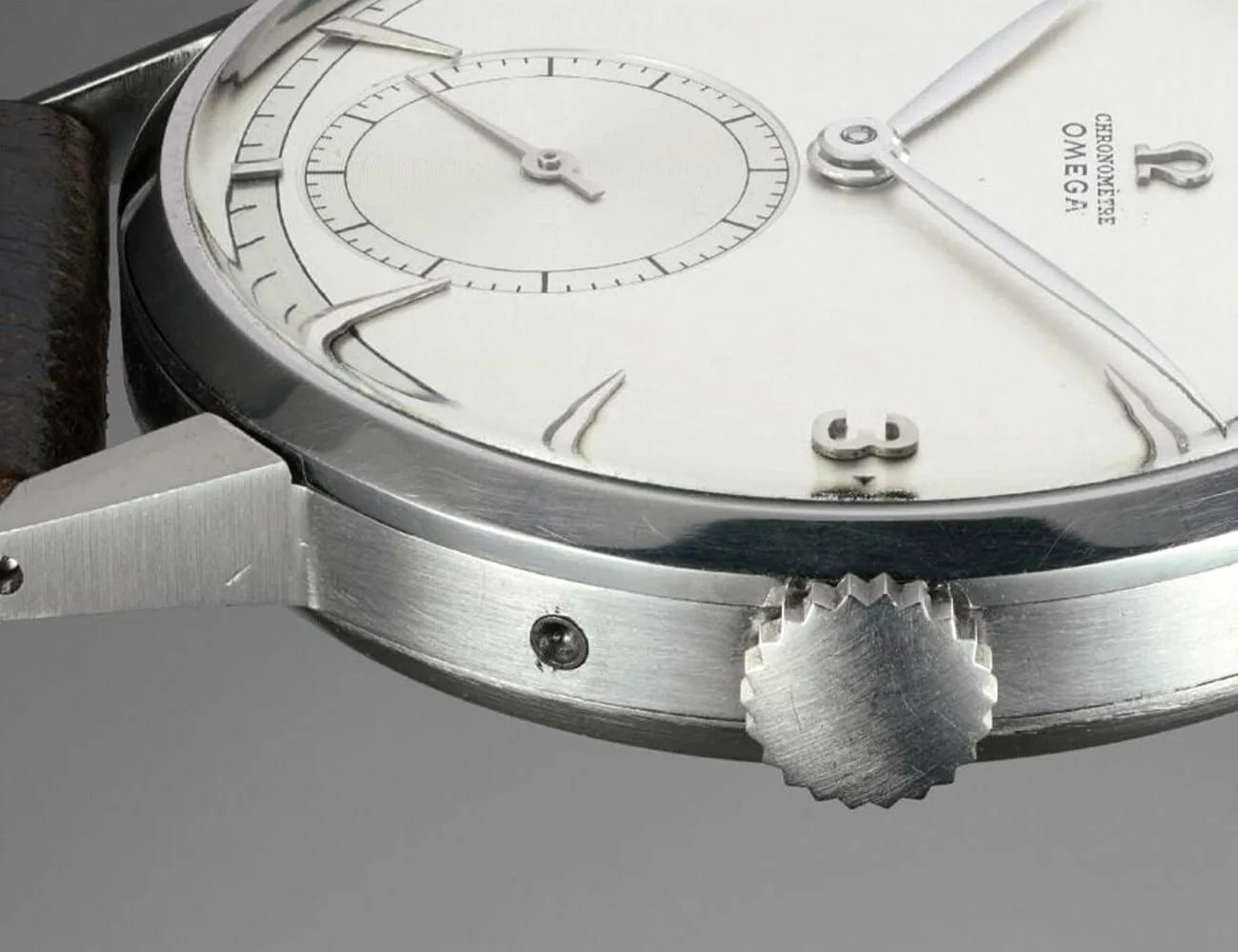Welcome to Watches You Should Know, a biweekly column highlighting little-known watches with interesting backstories and unexpected influence. This week: the Omega 30i Tourbillon.
This is the story of a curious feature of mechanical watchmaking called the tourbillon, and it’s a tale that’s ironic on many levels. The tourbillon’s purpose today is primarily “for show,” but its symbolism is powerful, representing wealth, prestige, and one of the most challenging feats of micro-mechanical craftsmanship. Originally intended to improve accuracy in pocket watches, it’s visually captivating and became so popular with high-end wristwatch brands that others have gone on to build more cost-effective versions. So what makes people so crazy about the tourbillon, and how did it become the emblem of high-end watchmaking that it is today?
More Watches You Should Know
• Ulysse Nardin Freak
• Angelus Chronodato
• Dalil Monte Carlo
The tourbillon could be considered a kind of watch escapement. (Please bear with a little technical talk.) The escapement regulates timekeeping in a watch (which provides the familiar ticking sound), and is the most visually animated part of the movement, as among its primary parts are the balance wheel, which swings back and forth multiple times per second. (This system is easy to spot even in the most common, inexpensive movements.) A tourbillon takes this entire structure and puts it in a frame that revolves a full 360 degrees. So it’s ticking and twitching and turning all at once. Tourbillons are extremely complicated to produce, with a lot of tiny, precise components — and they’re dazzling to observe.

The tourbillon was invented by none other than the seminal 18th-century watchmaker Mr. Abraham Louis Breguet, and the idea was to counter the effects of gravity on the escapement of a pocket watch. Pocket watches were largely worn vertically in waistcoat pockets, but even this orientation could change by up to 45 degrees, and gravity’s effects on the escapement would cause a deviation in timekeeping accuracy. (If the watch was then stored horizontally on a table at night, the effects could be even more pronounced.) By rotating the escapement, however, deviations would be “evened out,” as the escapement was constantly changing its orientation.
The simple fact that a wrist-born timepiece is constantly changing the orientation of the escapement has meant that the tourbillon is largely superfluous in modern watchmaking. Complicated and delicate, they’re generally found in very high-end luxury pieces which sticker prices starting in the mid to high five-figure range, and going way up from there.


